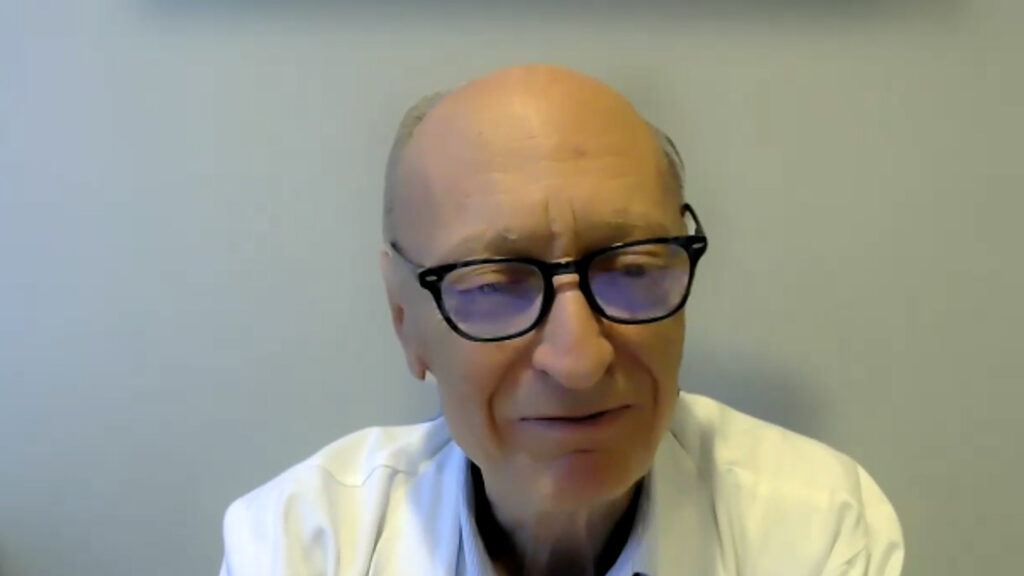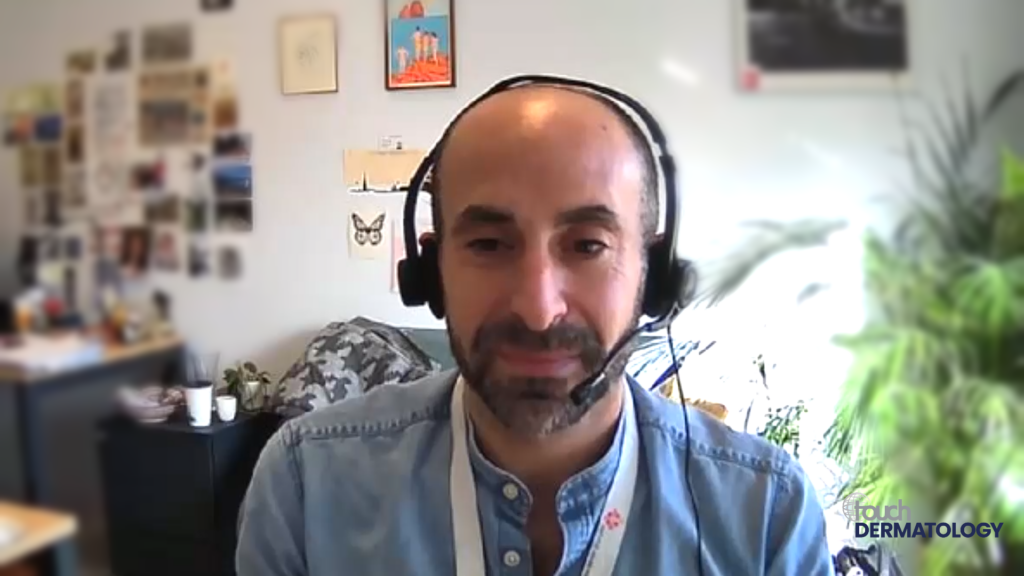Despite reductions in mortality due to early diagnosis and advancement in treatment strategies, breast cancer continues to be the leading cause of cancer death in women.1 Around 70% of human breast cancers are hormone dependent and estrogen receptor (ER) positive. The introduction of adjuvant endocrine therapy, which comprises ovarian suppression, selective estrogen receptor modulators (SERMs) and down-regulators, and aromatase inhibitors, has improved outcomes in these patients.2 However, clinical studies of aromatase inhibitors show response rates of only 35–70% in neoadjuvant studies,3,4 and benefits may be even lower in advanced disease.5 In addition, patients remain at risk of recurrence after stopping therapy.6
Activation of the phosphatidylinositol-3 kinase (PI3K) pathway is known to be important for tumor growth, proliferation, and survival in breast cancers, and plays a role in the development of treatment resistance for both ER positive and human epidermal growth factor receptor 2 (HER2) positive breast cancers.7 About 40% of all patients with advanced ER positive breast cancer have PIK3 mutations,8 making it an attractive therapeutic target. PIK3 mutations have several isoforms: alpha, beta, delta, and gamma. Taselisib has a high affinity for the alpha isoform, which is responsible for much of its role in tumor growth and proliferation, and has shown clinical activity in preclinical and clinical studies of breast cancer.9,10
The efficacy and safety of taselisib have recently been investigated in the phase III SANDPIPER study, results of which were presented at the 54th Annual Meeting of the American Society of Clinical Oncology (ASCO), which was held in Chicago from June 1–5, 2018. The trial involved 516 postmenopausal women with locally advanced or metastatic ER positive, HER2 negative metastatic breast cancer that worsened or recurred despite initial hormone treatment with aromatase inhibitors. The women were randomly assigned 2:1 to receive taselisib (n=340; 4 mg oral, once a day) plus fulvestrant (500 mg) or placebo (n=176) plus fulvestrant (500 mg). Patients were stratified according to visceral disease, endocrine sensitivity, and geographic region. The overall response rate (ORR) in the taselisib combination therapy group was 28% compared with 11.9% in those taking fulvestrant plus placebo (p=0.0002). Median progression-free survival (PFS) was 7.4 months in fulvestrant plus taselisib versus 5.4 months with fulvestrant plus placebo. Overall survival data are not yet available.11
When stratifying patient outcomes according to their geographic region, the investigators observed benefit from the addition of taselisib in participants from North America and Western Europe where disease was delayed by a median of 3.5 months (7.9 with taselisib plus fulvestrant versus 4.5 months with only fulvestrant). In other countries including Eastern Europe and Latin America, little benefit of added taselisib was observed. The reason for this discrepancy is not yet understood.11
The benefits of taselisib came at the cost of increased toxicity, which is consistent with previous studies of taselisib. Serious adverse events (AEs) occurred in 32% of patients receiving taselisib compared with 8.9% in those receiving fulvestrant alone, with AEs of grade 3 or higher in 49.5% of patients receiving the combination regimen compared to 16.4% who received fulvestrant plus placebo. These AEs led to treatment discontinuation in 16.8% and 2.3% of patients, respectively. The most common AEs resulting from taselisib were gastrointestinal toxicities. Diarrhea of all grades was reported in 60.1% of patients in the combination arm compared with 19.7% with fulvestrant alone, and hyperglycemia in 40.4% of patients versus 9.4%, respectively.11
According to lead author José Baselga, MD, of the Memorial Sloan Kettering Cancer Center in New York, “These results are positive, but I think we all would agree that they are modest. This is a challenging combination from the point of view of tolerability, but I do think that this establishes proof of principle that this is a bona fide target.”
On the basis of these data, it is hard to envisage a place in the breast cancer market for taselisib. In order for women to tolerate so many side effects, they would need to know they were deriving a substantial benefit. Postmenopausal women with ER positive metastatic breast cancer who had disease recurrence or progression during or after an aromatase inhibitor have other treatment options, including CDK4/6 inhibitors. Those drugs have demonstrated an improvement in PFS of 8–12 months in clinical trials, with a more acceptable tolerability profile.12
ASCO expert Harold Burstein, MD, from the Dana-Farber Cancer Institute in Boston was also cautious. “We now know that it’s possible to target this common breast cancer mutation, and it’s heartening to see that a new therapy can provide some benefits to women with advanced breast cancer. However, because the treatment has side effects, doctors will have to weigh its benefits and risks with their patients,” he warned.
The manufacturers clearly agree. Two days after the presentation of the SANDPIPER data, Roche announced that they will now “not be pursuing an FDA submission for taselisib based on the data presented at ASCO”,13 and are halting plans to investigate the drug in other types of cancer.
These disappointing findings may not represent the end of the line for PI3K inhibitors in breast cancer. In a reply to a question from the audience, Dr Baselga agreed that another, more specific agent may offer similar or better efficacy with fewer off-target effects, and suggested that side effects associated with taselisib may be due to its action on delta and gamma isotopes. Two other PI3K inhibitors—idelalisib (Zydelig®, Gilead, Foster City, CA, US) and copanlisib (AliqopaTM, Bayer, Leverkusen, Germany)—are approved for the treatment of hematologic cancers. Roche and other companies are continuing to investigate other more selective PI3K inhibitors that may provide more robust efficacy and have a more acceptable safety profile.
References
1. Siegel RL, Miller KD, Jemal A. Cancer statistics, 2018. CA Cancer J Clin. 2018;68:7–30.
2. Lumachi F, Brunello A, Maruzzo M, et al. Treatment of estrogen receptor-positive breast cancer. Curr Med Chem. 2013;20:596–60.
3. Smith IE, Dowsett M, Ebbs SR, et al. Neoadjuvant treatment of postmenopausal breast cancer with anastrozole, tamoxifen, or both in combination: the Immediate Preoperative Anastrozole, Tamoxifen, or Combined with Tamoxifen (IMPACT) multicenter double-blind randomized trial. J Clin Oncol. 2005;23:5108–16.
4. Eiermann W, Paepke S, Appfelstaedt J, et al. Preoperative treatment of postmenopausal breast cancer patients with letrozole: A randomized double-blind multicenter study. Ann Oncol. 2001;12:1527–32.
5. Mouridsen H, Gershanovich M, Sun Y, et al. Phase III study of letrozole versus tamoxifen as first-line therapy of advanced breast cancer in postmenopausal women: analysis of survival and update of efficacy from the International Letrozole Breast Cancer Group. J Clin Oncol. 2003;21:2101–9.
6. Pan H, Gray R, Braybrooke J, et al. 20-year risks of breast-cancer recurrence after stopping endocrine therapy at 5 years. N Engl J Med. 2017;377:1836–46.
7. Keegan NM, Gleeson JP, Hennessy BT, et al. PI3K inhibition to overcome endocrine resistance in breast cancer. Expert Opin Investig Drugs. 2018;27:1–15.
8. Sabine VS, Crozier C, Brookes CL, et al. Mutational analysis of PI3K/AKT signaling pathway in tamoxifen exemestane adjuvant multinational pathology study. J Clin Oncol. 2014;32:2951–8.
9. Morgillo F, Della Corte CM, Diana A, et al. Phosphatidylinositol 3-kinase (PI3Kalpha)/AKT axis blockade with taselisib or ipatasertib enhances the efficacy of anti-microtubule drugs in human breast cancer cells. Oncotarget. 2017;8:76479–91.
10. Dickler MN, Saura C, Richards D, et al. Phase II study of taselisib (GDC0032) in combination with fulvestrant in patients with HER2-negative, hormone receptor-positive advanced breast cancer. Clin Cancer Res. 2018;10.doi: 10.1158/1078-0432.CCR-18-0613.
11. Baselga J, Dent SF, Cortés J, et al. Phase III study of taselisib (GDC-0032) + fulvestrant (FULV) v FULV in patients (pts) with estrogen receptor (ER)-positive, PIK3CA-mutant (MUT), locally advanced or metastatic breast cancer (MBC): Primary analysis from SANDPIPER. J Clin Oncol. 2018;36:suppl; abstr LBA1006.
12. Polk A, Kolmos IL, Kumler I, et al. Specific CDK4/6 inhibition in breast cancer: a systematic review of current clinical evidence. ESMO Open. 2016;1:e000093;10.1136/esmoopen-2016-000093;28848657.
13. ASCO: Roche punts taselisib after weak data, severe side effects. Available at: www.fiercebiotech.com/biotech/asco18-roche-punts-taselisib-after-weak-data-severe-side-effects (accessed June 5, 2018).












